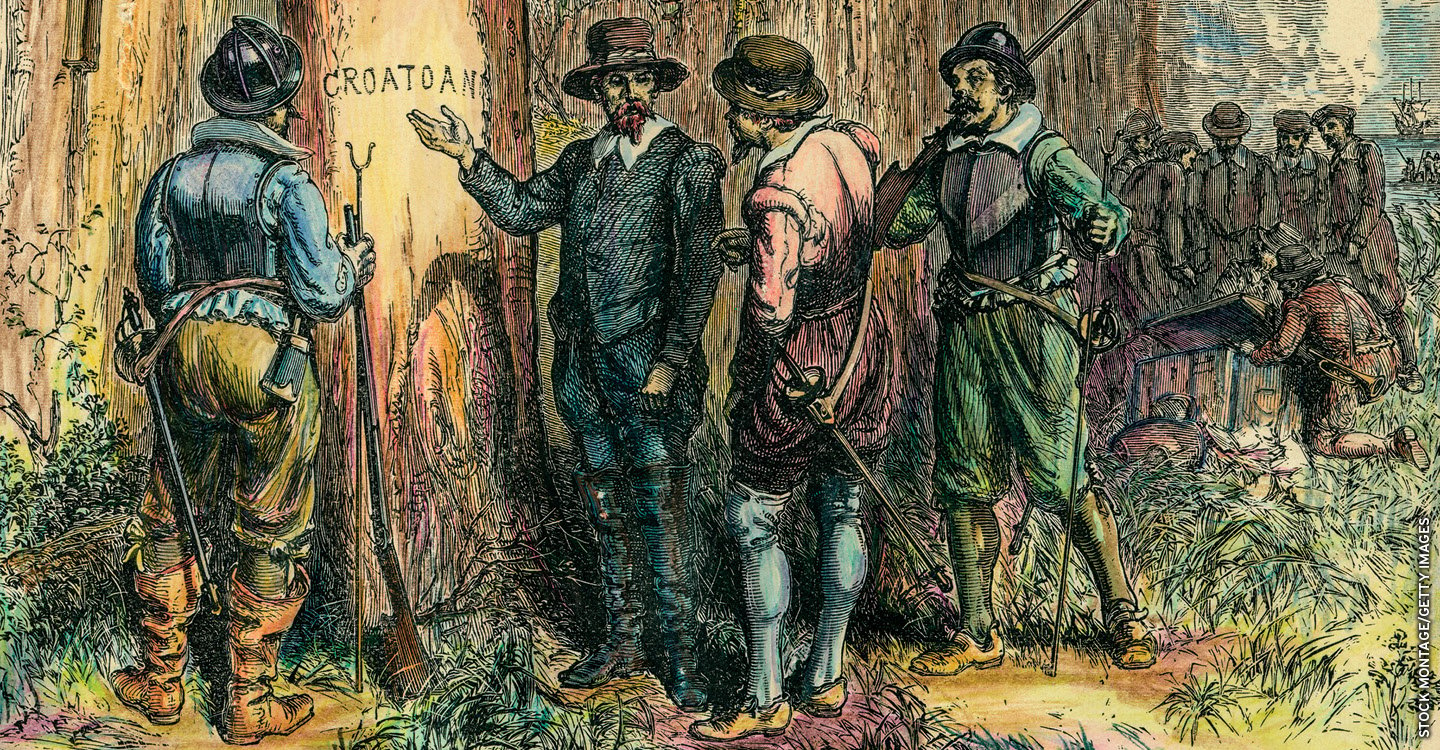You may have heard about the mystery of Roanoke: In 1590, a colony of English settlers on North Carolina’s Roanoke Island were found to have disappeared, leaving only a carving of the word “Croatoan” behind. Ever since, people have wondered what happened—or so the story goes. In fact, some experts have long believed that the colony moved to nearby Hatteras Island (known then as Croatoan) and assimilated with Native Americans. So in 2009, a team of archaeologists went looking for clues. It took years, but they recently revealed that they’d uncovered many 16th century English items—including copper rings, sword handles, and earrings—on Hatteras Island. “It’s probably the closest thing you can get to time travel,” says Scott Dawson, president of the Croatoan Archaeological Society. Although some scholars have other theories, Dawson says these artifacts prove that the “lost colony” was never actually lost and hopes that this will clear up the mystery. “[The Native Americans] took these people in and helped them,” he says. “And they get no credit. It is way beyond time to get this straight.”

